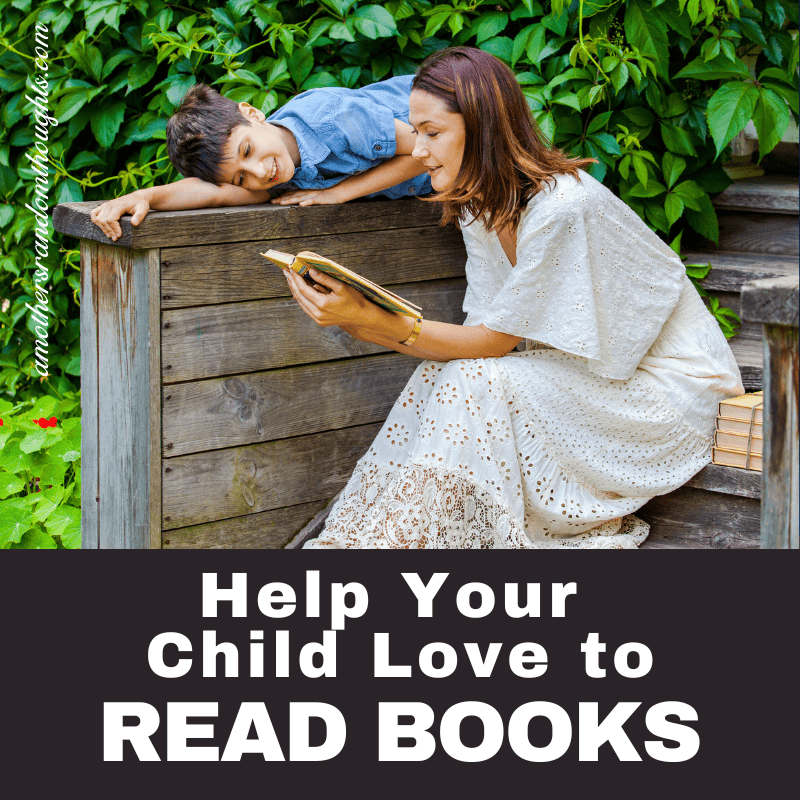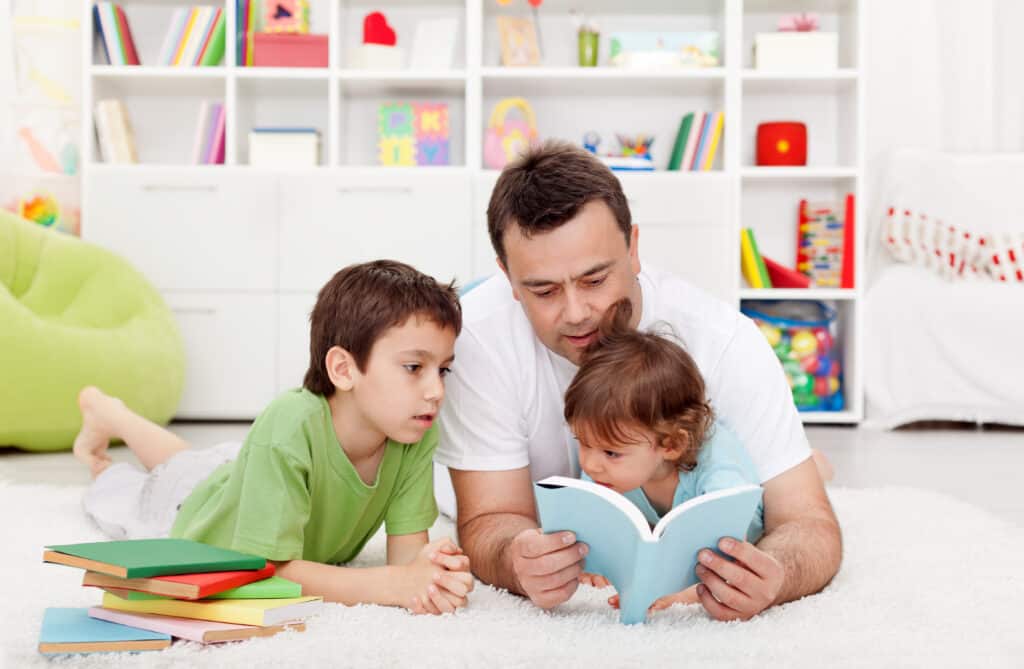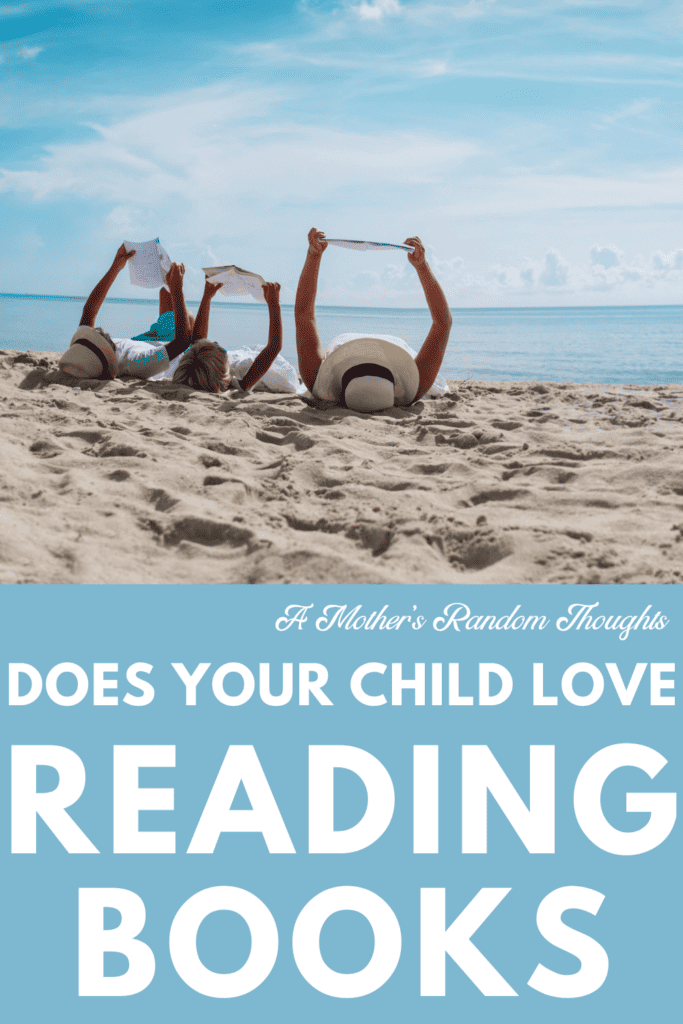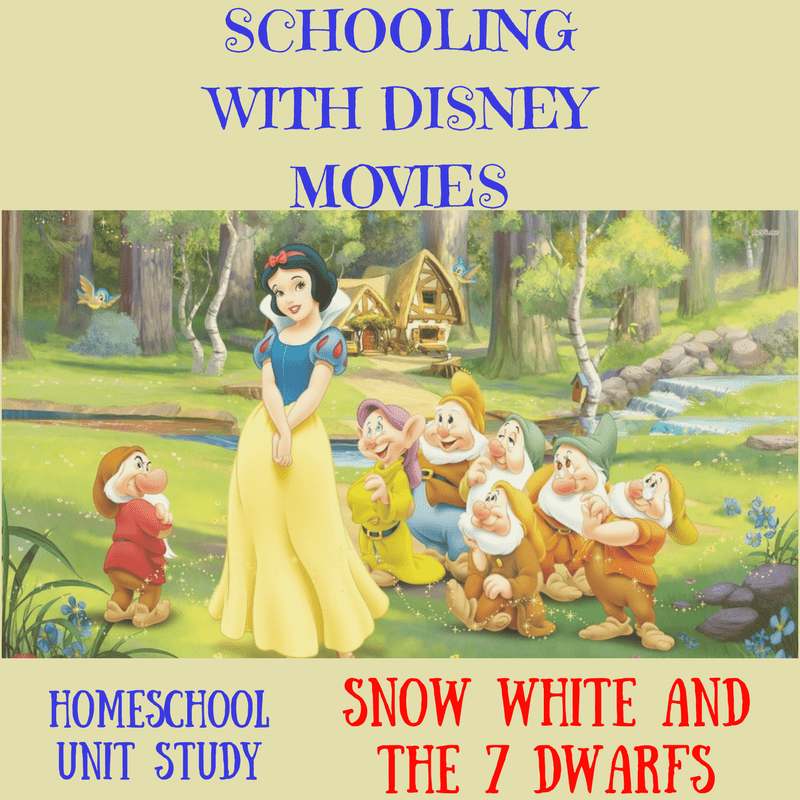Helping Kids Fall in Love With Reading
Learning to read is a lifelong skill and can be hugely rewarding and fun. When kids unlock the power of reading for pleasure, their worlds get bigger, allowing them to explore different cultures, historical eras, and worldly wonders through the words on the page.

Moreover, learning to read enhances and engages multiple parts of the human brain, including language comprehension and visual processing.
But how do we help our kids develop a lifelong love for reading while nurturing their interests and curiosities? The key lies in creating positive moments for reading at home.
There are many easy ways to make reading time fun and engaging at home, from visiting libraries to investing in a cozy corner for the whole family. Here are some ideas to make your home reader-friendly and exciting!

Credit: Photo by DepositPhotos.com
How to Help Your Child Develop a Love for Reading And Love of Books
Read Yourself (yes you!) – Be Role Models
What’s the first step in creating a positive reading environment? Model reading skills. If you’re not an avid reader, find something you enjoy reading. It can be absolutely anything: a magazine, a cookbook, or some juicy fiction. The possibilities are endless! Children naturally observe those around them, so by modeling a love for reading, they will want to know what all the fuss is about, and it should inspire them to find reading material that they enjoy.
Tailor Reading Time to Their Interests
You can nurture a lifelong love for reading by allowing children to help you plan reading time. Tailor reading time by your child’s interest, for example, letting them select what books they want to read according to their interests and passions. Supporting their preferences will instill a lifelong love for books and make reading a joyful and rewarding experience. Make sure to visit your local library so your child can get their library card and check out plenty of books.
Unlearn What “Counts” as Reading
Fostering a genuine love for books means letting go of what we believe is good reading material. Therefore, you must unlearn that only traditional books “count.” Instead, embrace diverse forms of reading, like comic books, graphic novels, audiobooks, and even word games, especially if you have a budding crossword solver! Find what your child enjoys reading and celebrate it, as nurturing a lifelong passion for learning begins with an inclusive and open-minded approach. A good comic book is better reading than no reading at all.
Utilize Kid-Friendly Reading Digital Tools
While nothing beats the crinkle of a good old paper book, life is becoming more digital, meaning there are more high-quality educational apps and tools to help make reading fun and keep kids engaged. Companies like Night Zoo Keeper gamify reading, and Epic! has a huge library on its digital reading platform and app. Many local libraries also offer access to audiobooks and ebooks. While the non-profit Internet Archive has millions of free books, movies, software, and music you can borrow.
Create a Cozy Reading Corner Together
Create a cozy reading nook in your home with plenty of natural light (or close enough to a plug for fairy lights) for reading. Try and choose a place that is also distraction-free, calming, and cozy. Get your child involved by letting them choose their books, rugs, and comfortable seating or cushions. Planning it together and involving your child will make it even more special for both of you, and it will soon become a cherished sanctuary to escape into the wonders of books – nourishing a lifelong love for reading and learning. Add lots of books in the reading corner. Make sure to add some great stories that you read as a child.
Incorporate Reading Into Family Time
Reading doesn’t have to be a standalone activity; you can incorporate reading into your daily routines. Some ideas to try are reading recipes while cooking, bedtime stories, reading signs, or encouraging your child to sound out restaurant menus aloud. Showing kids that words are everywhere will help them understand that reading is an important life skill.
Invent Stories
Inventing stories nurtures an innate love for reading by making the process of storytelling enjoyable, interactive, and personal. For reluctant readers, in particular, it puts them in the driver’s seat, taking the pressure off reading a passage and instead nurturing their curiosity first. As children craft narratives, they naturally develop and strengthen language skills, including vocabulary, grammar, and sentence structure. UK-based The National Literacy Trust has many ideas for making up stories for children. One idea could be to role-play stories you’ve read together.
Don’t Force it and Let Go of Expectations
Perhaps the most important tip on this list is to relax and let go of expectations regarding reading. Your child might not be the most enthusiastic reader at the beginning, but giving them time to nurture their own love for books, comics, or whatever medium they prefer will ultimately lead to a more genuine love for reading. Modeling reading skills, celebrating their progress, providing a supportive environment, and letting them go at their own pace will make their reading experience way more fulfilling and rewarding.
Make Reading Fun (not a chore)
Studies show that reading is great for mental health, as it can lower your heart rate and reduce stress. But we don’t reap the benefits if we see it as a chore – kids are the same. Making reading fun is key to instilling a love for it, so think about ways to make it less of a chore for your family. Some ideas are reading aloud together, a beautiful bonding moment; you could dress up as your favorite book characters, or design a monthly book swap with friends. For crafty children, design a book-related craft activity. For example, if the book is about animals, design animal masks or create a diorama of their habitats.
Read to Your Children from an Early Age
When you read to your children at an early age, you set in motion a lifelong love of reading. They will have favorite children’s books (Green Eggs and Ham, Mr. Popper’s Penguins), authors (Dr. Seuss, Roald Dahl), and these reading experiences will stay with them for a lifetime. Remember, children’s picture books are fun at any age.
Join a Book Club or Dolly Parton’s Imagination Library
When you join Dolly Parton’s Imagination Library, your child will receive a new book each month. Getting great books in the mail for free excites young children about reading. These fun books from Dolly Parton are geared toward younger children. The benefits of reading to babies and toddlers are immense.
For older children, join a book club or subscription of the month club. Start a book club in your home for middle or high school students. I can guarantee there are other book lovers in your area who are tired of every extracurricular activity about sports or some other interest that isn’t books!
Quality, not Quantity
When children see reading as a chore, they want to finish it as quickly as possible and are likely to need extrinsic motivation like sticker charts and treats for reading. While extrinsic motivation is great for the short term, it doesn’t help children nurture a life-long love for reading. Instead, build a lifelong habit of reading by going slow because the joy of reading doesn’t lie in the number of books read but in the pleasure of discovering new worlds, characters, and ideas through various forms of literature.
Make Reading A Daily Routine
Having a daily reading time for everyone in the family is a great idea. Maybe you will read out loud, or maybe everyone can read silently. For this private reading time, allow your child to select their books. Maybe they won’t pick books you would read, but eventually, they will see and hear the difference between the books you select and those they are picking. Eventually, they will start picking out the best books and quality literature. Don’t worry if they select books below their reading level or grade level. Just celebrate they are reading!

Credit: Photo by DepositPhotos.com
Tips for Reading Aloud With Kids at Home
Reading aloud with your child is a great bonding moment, and it encourages a love for reading because it’s usually a positive experience that kids want to repeat. However, reading aloud can also seem silly for adults, and it can be nerve-wracking to know how to hold a book when reading to a child or how to act out the characters to make it interactive.
Here are some tips:
- Hold the book correctly – Make sure your child can see the images on the page and the words by sitting and leveling the book to their natural eye gaze. You could sit on a stool or a cushion to make it comfier or snuggle up for bedtime stories. Cradle the book across your preferred arm with the hand in the bottom corner for stability and turn the pages with the other; your chosen arm will be slightly bent, and the book will probably be resting on the hand.
- Dramatise – If you’re a natural-born performer, this one won’t be difficult, but you can always play around with volume, pitch, or noises if you’re a little shy. Remember, your child doesn’t care about what you sound like or if you’re being silly – the sillier, the better!
- Pauses and breaks – One of the best ways to draw children into a story is to use pauses and breaks. These are suspenseful moments, leaving them wanting more. Plus, it gives you time to catch a breath before moving on!
- Use voices – Use voices, sounds, and body percussion. Anything that brings the story to life. If you aren’t comfortable doing it yourself, you could choose background music that fits the narrative or real-life animal noises to bring the natural world in.
- Puppets are a fantastic way to be a character without having to pretend to be that character yourself. Kids are naturally drawn to puppets, and you could even have a go at making diy puppets at home. Let your child choose their favorite characters to help act out the story.
- Choose a wide variety of books – choosing a large variety of books and genres keeps the read-aloud interesting and engaging.
- Phonic instruction – For early readers, you can include phonic instructions as you go along, like sounding out the words. Most early reading material has tips for parents at the back, so check that out before you start. Another idea could be to include phonic games in your reading time.
- Let them choose the book – kids will naturally be more interested if they have some say over what book they will read. This strategy is great for beginner readers because it encourages them to discover new books and develop an intrinsic love for them.
- Buy them their own books! This is a great way to help them build their library.

Credit: Photo by DepositPhotos.com
Tried-and-True Books for Early Reading and Older!
Dragons Love Tacos by Adam Rubin
Do dragons love tacos? Find out in this storybook by Adam Rubin. Guarantee laughter for ages 2+. Most suitable for preschoolers and kindergarteners.
Our World in Pictures by DK
For kids more interested in the real world and facts, DK books have beautiful illustrations that are great for curious minds. It is suitable for ages 9-12 and will answer many “but why” questions.
Brown Bear, Brown Bear, What Do You See? By Bill Martin Jr. and Eric Carle
With repeated stanzas and vocabulary, Brown Bear is a kindergarten favorite. Kids love to read this story aloud, and it’s easy enough that they can memorize it. Suitable for ages 1-5.
Press Here by Herve Tullet
Though this book has no words, it’s hugely interactive and helps inspire kids who aren’t so into reading or who find it challenging. It’s interactive and artsy and is a great book for introducing concepts like space, shapes, and colors.
Little Penguin – Finger Puppet Board Books by Angese Baruzzi
Little ones will adore this black-and-white contrast puppet book. It’s a baby’s first book that will help foster a look for reading from the beginning with its highly stimulating visuals and simple rhymes.
Tiny Titans by Art Baltazar
Tiny Titans is a great start if your child is more into comics. It’s set in an elementary school and is highly relatable. Suitable for children ages 7-11 years old.
Little People, Big Dreams Books by Maria Isabel Sánchez Vegara
Little People, Big Dreams is a collection of short biography books for kids interested in real people’s lives. Follow the story of David Bowie, learn about the flying feats of Amelia Earhart, or delve into the life of Muhammed Ali. With beautiful illustrations and different languages, they have many new books to discover.
Reading doesn’t have to be a chore or an obligation. For children, reading can be an avenue for growth in learning and imagination. Reading can open the door to many fruitful pathways, so get turning those pages soon! And remember, the most important thing is just to read!
Chapter Books for 3rd Grade Readers
You will find a good book (or two or three) in this list of 3rd-grade readers.
What was your favorite thing to read as a child? Let us know in the comments below.


Reviewing movies for parents from a Christian perspective since 2005. Know Before You Go!
Christian Homeschooling mom – 30 years and counting
Autism Mom & Disney enthusiast
